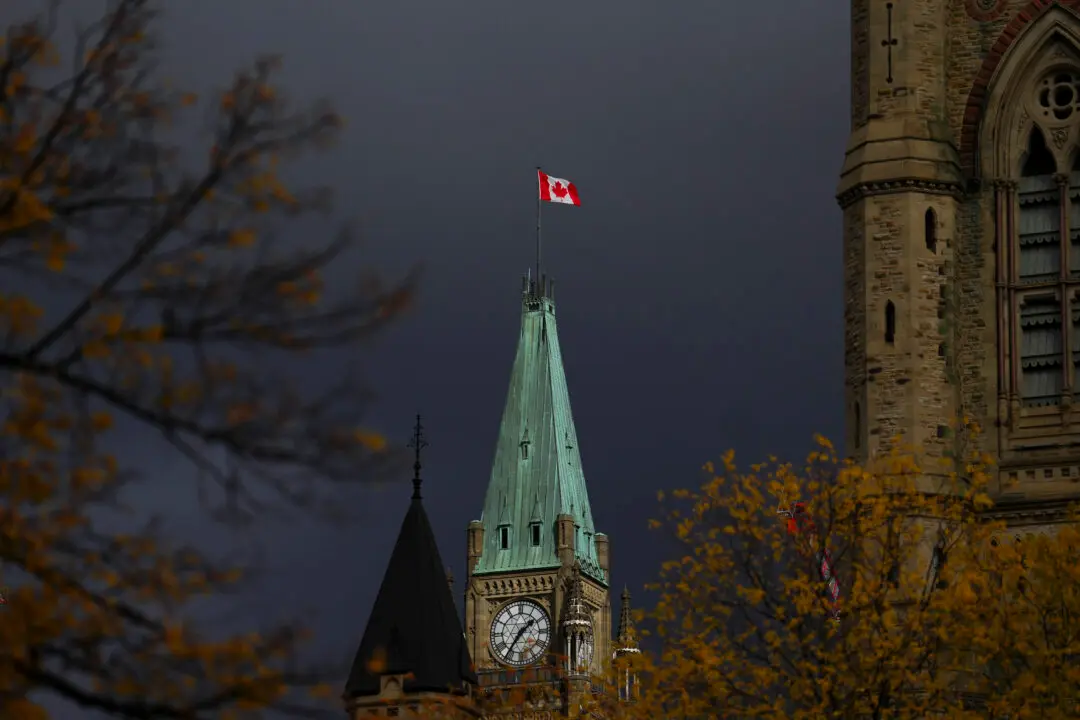The NDP has released its fully costed platform, which focuses on higher taxes for the wealthiest Canadians, a tax cut for workers, and expanded programming.
NDP Leader Jagmeet Singh described his platform as “bold” when introducing it in Burnaby, B.C., on April 19, saying it’s focused on helping Canadians.





